Description
BRASSAIOPSIS mitis is probably THE plant for collectors at the moment. Its towering juvenile leaves with their truly unusual cutout at the end of their long stem give the garden a real exotic vibe. They look like green feathers hanging around a disc. The diameter of each leaf of the selection we produce is approximately 60-80 cm.
When the buds burst, the foliage is frankly gray (see the photo) and then becomes very green. The stems measure approximately 80 cm. The BRASSAIOPSIS mitis develops multiple trunks. They are light gray and prickly.
The specimens that we offer for sale have been reproduced by cutting and not by seed. Therefore, they are stronger and already have a trunk. This is essential for a good growth. To view the other varieties of BRASSAIOPSIS currently available, please click here.
How to plant BRASSAIOPSIS mitis
BRASSAIOPSIS likes places in the shade or partial shade. In addition, this plant appreciates normal or light soils, but moderately moist or humid. However, refrain from planting it in places where water stagnates in winter to avoid rotting.
It withstands temperatures down to -10 °C. This plant tolerates any pH.
For a good preparation of the pot or ground, we have designed specific instructions available here. Furthermore, discover here how to water your garden and save water.
History and origin
BRASSAIOPSIS mitis belongs to the Araliaceae family. The genus is made up of about fifty species.
While BRASSAIOPSIS all have extraordinary leaf shapes, the foliage of B. mitis is probably the most impressive.
Furthermore, BRASSAIOPSIS mitis is endemic to the Himalayas. It grows there in the undergrowth.
The plant was first described by botanist C.B. Clarke in 1879.

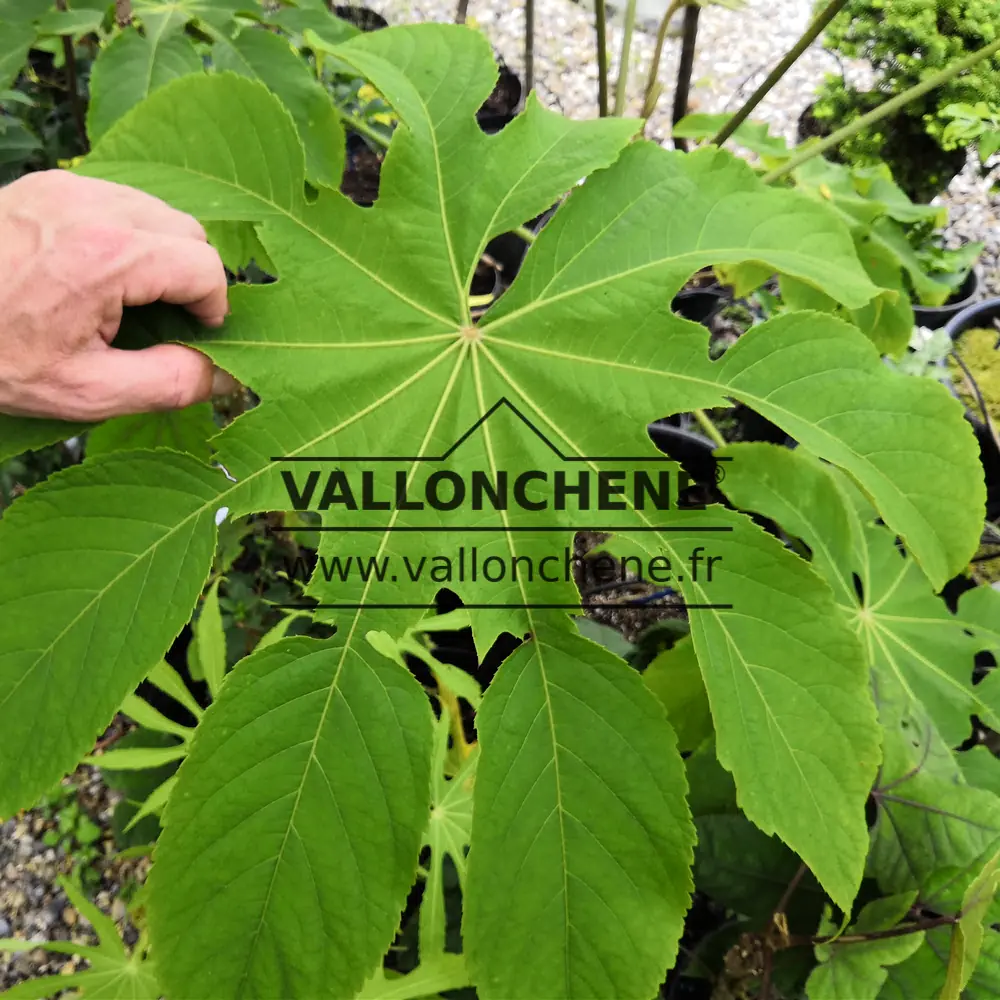
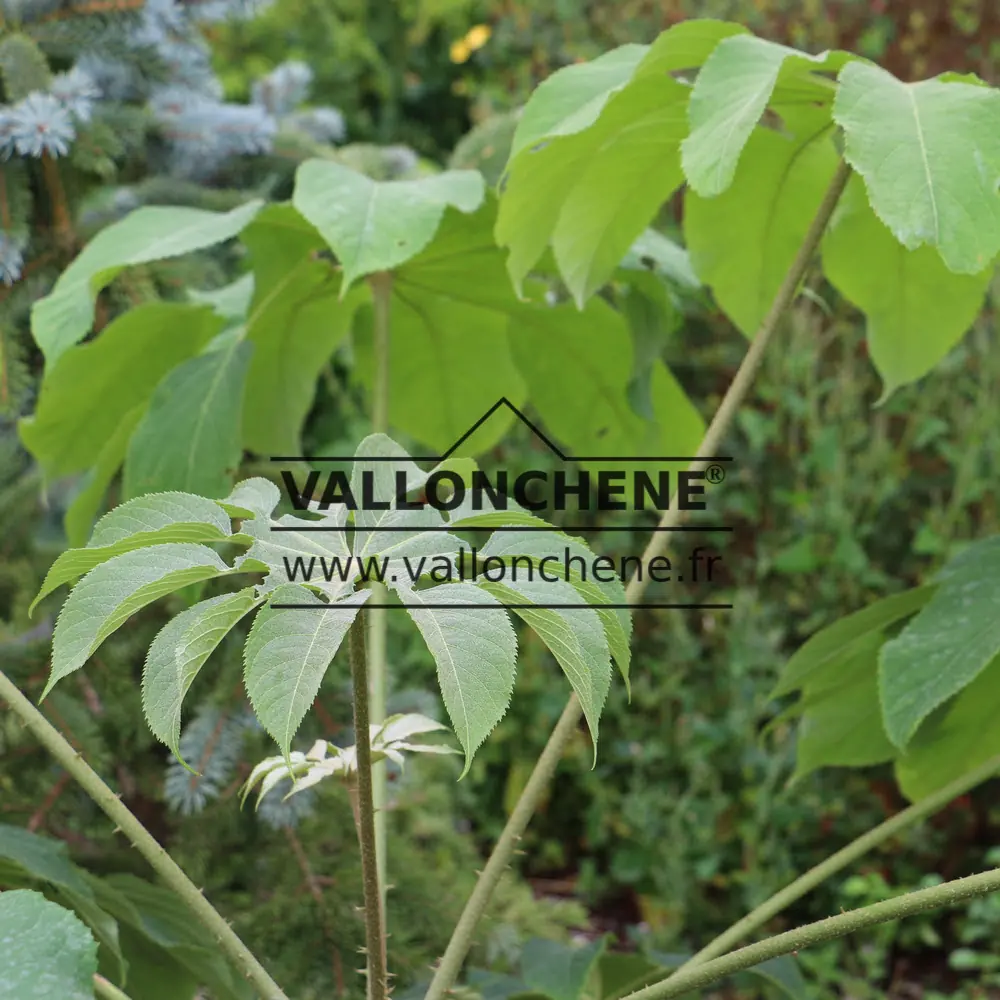
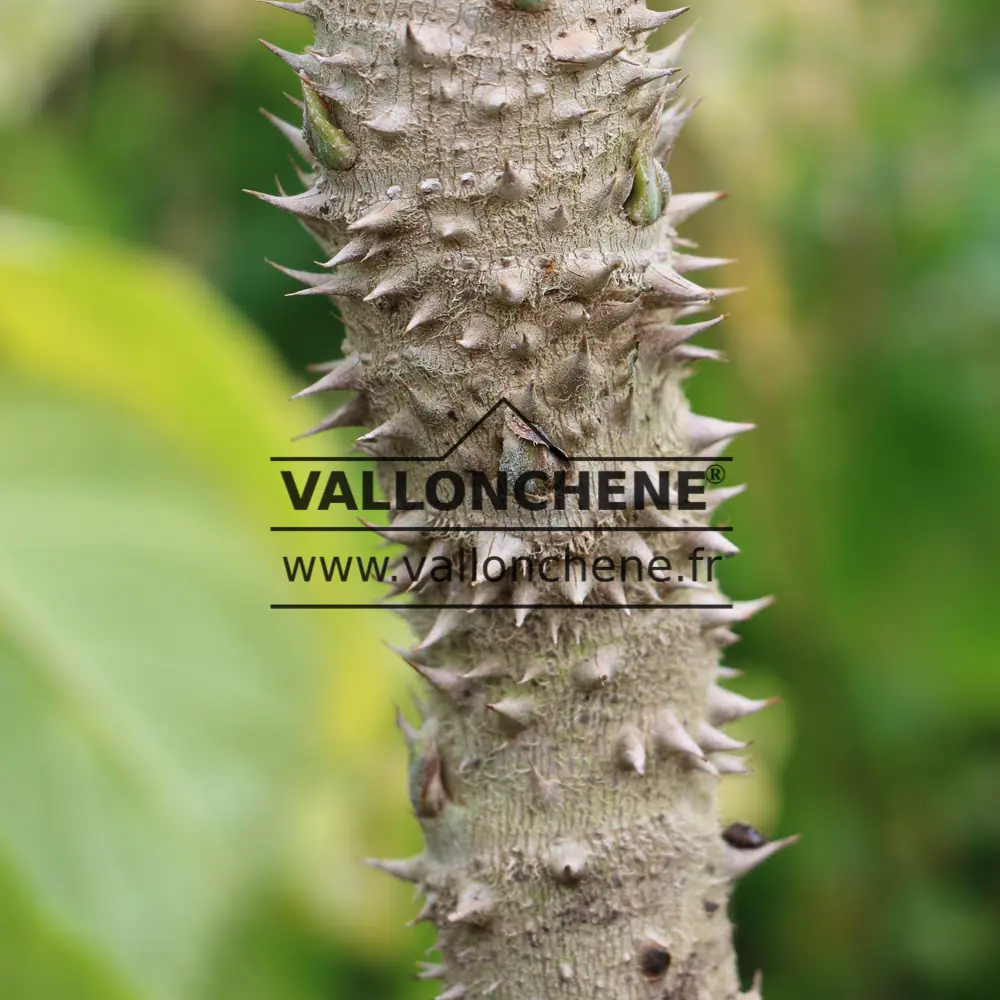
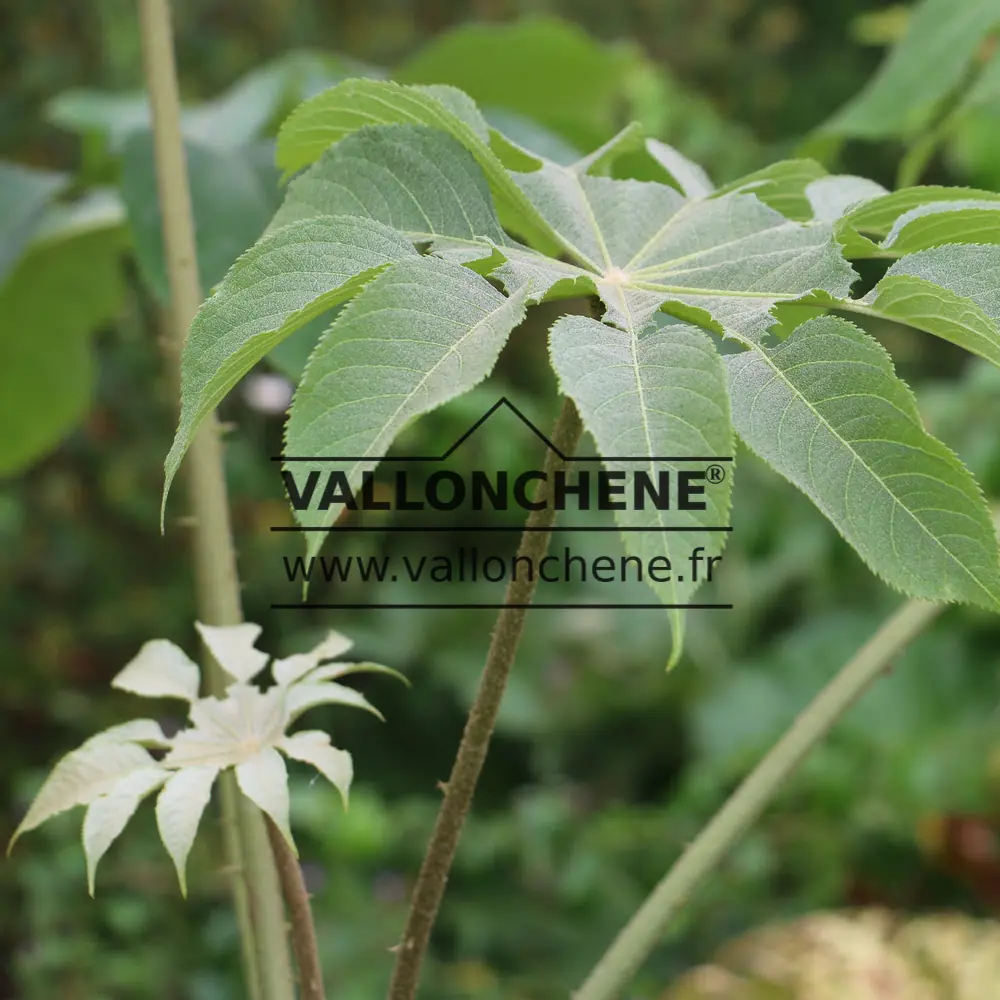

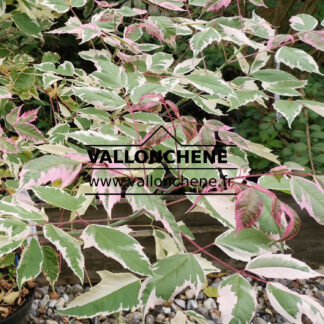
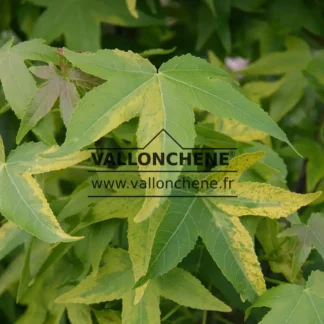

Reviews
There are no reviews yet.